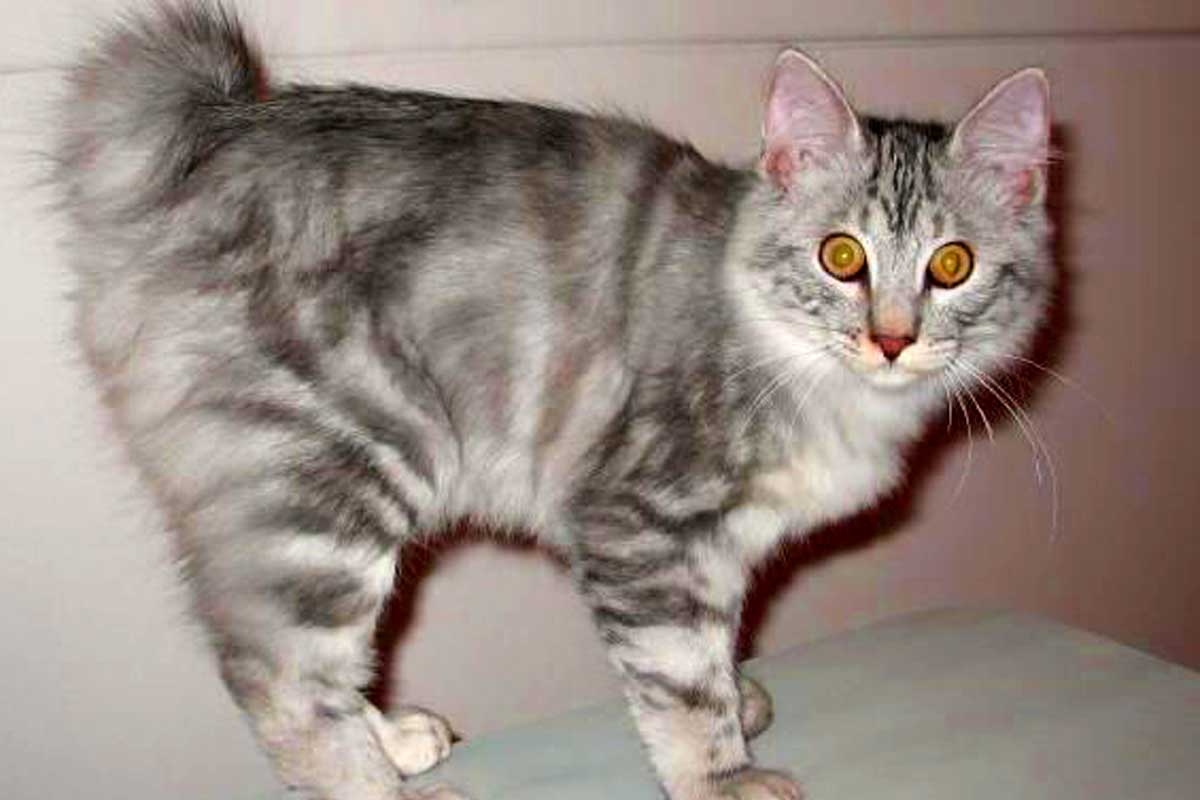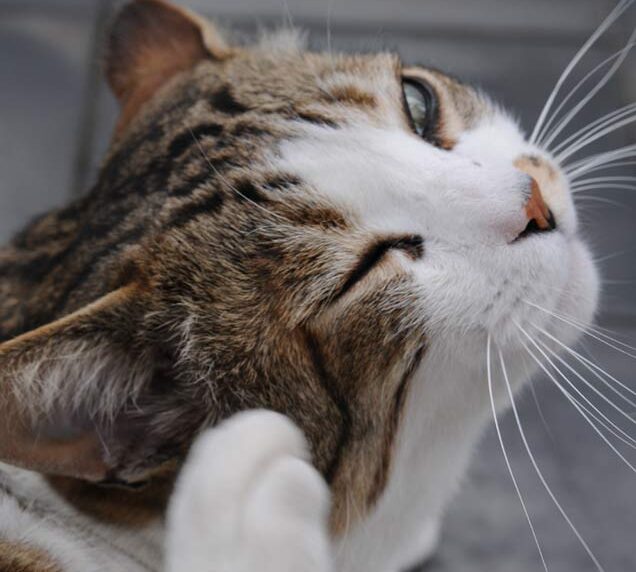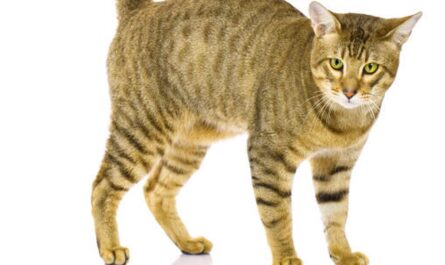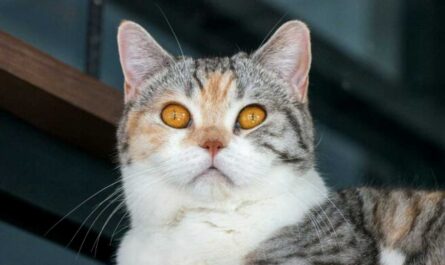Have you ever witnessed your seemingly healthy feline friend let out a playful sneeze, only for it to progress into a series of watery discharges and labored breathing? This sudden shift from a silly sniffle to a concerning situation can leave any cat owner feeling confused and worried. The culprit behind this transformation might be Cat Herpesvirus 1 (FHV-1) infection, a prevalent yet often misunderstood condition.
This article aims to shed light on FHV-1, empowering you with knowledge about its causes, symptoms, and treatment options. We’ll delve into the unique characteristics of this virus, its impact on feline health, and the various approaches to managing this common illness. By understanding FHV-1, we can equip ourselves to provide the best possible care for our beloved furry companions.
II. Demystifying the Enemy: Understanding FHV-1
A Herpesvirus Unveiled:
Imagine a tiny villain with a clever disguise. That’s a good way to think about herpesviruses. These crafty bugs can invade a cat’s system, causing initial problems like sneezes and runny eyes. But here’s the twist: unlike some other viruses that get defeated and eliminated, herpesviruses have a sneaky trick up their sleeve. They can hide within the body, lying dormant and waiting for an opportunity to strike again. This hidden state is called latency, and it’s why FHV-1 infections can sometimes seem to come and go.
Meet FHV-1: A Master of Disguise:
Among the various herpesviruses, FHV-1 is a specific foe targeting our feline friends. It’s highly contagious and spreads easily through direct contact with an infected cat’s saliva, nasal discharge, or even tears. The primary target of FHV-1? A cat’s upper respiratory tract, includes the nose, throat, and sinuses. This explains the telltale signs of sneezing, congestion, and discharge that often accompany an FHV-1 infection.
A Global Threat: A Widespread Foe:
Unfortunately, FHV-1 is a global villain, lurking in cat populations around the world. This widespread prevalence makes it a major concern for feline health. While some cats might only experience mild symptoms, others can develop more serious complications. That’s why early detection and proper management are crucial to ensure your cat’s well-being.
Beyond Sneezes: More Than Just a Cold:
While FHV-1 infection is often compared to the common cold in humans, it can also affect a cat’s eyes. This can manifest as conjunctivitis, a condition that causes inflammation and irritation of the eyes. In severe cases, FHV-1 can even lead to corneal ulcers, which are painful sores on the surface of the eye. If you notice any changes in your cat’s eyes, such as squinting, redness, or excessive tearing, it’s important to consult your veterinarian promptly.
By understanding the nature of FHV-1 and its potential impact, we can move forward with exploring the diagnostic methods and treatment options available to keep our feline companions healthy and happy.
A Spectrum of Symptoms: Recognizing the Many Faces of FHV-1
Feline Herpesvirus 1 (FHV-1) infection can manifest in various ways, sometimes causing mild discomfort and other times presenting with more noticeable signs. Being familiar with the spectrum of symptoms can help you identify if your feline friend might be under the weather and need veterinary attention.
Upper Respiratory Woes: A Tell-Tale Sign
Just like humans can catch a cold, cats infected with FHV-1 often experience upper respiratory problems. These can include:
- Sneezing Storms: Frequent sneezing fits are a common giveaway. Imagine little puffs of air erupting from your cat’s nose, a sure sign they might be trying to clear an irritated airway.
- Runny Nose Blues: A runny nose, sometimes clear and watery or turning thicker and greenish-yellow with pus, can indicate inflammation and irritation in the nasal passages.
- Stuffy Situation: Congestion can make breathing difficult for your cat. You might notice them sniffling or having trouble taking deep breaths.
- Coughing it Up: An occasional cough can be a sign of irritation in the throat or lungs caused by the virus.
These symptoms can be quite similar to those of other upper respiratory infections in cats. If you notice any of these signs, especially if they persist for more than a few days, consulting your veterinarian is always recommended.
Eyes on the Prize: Protecting Those Precious Peepers
Unfortunately, FHV-1 can also affect a cat’s eyes. Here are some potential ocular complications to be aware of:
- Conjunctivitis Catastrophe: This is an inflammation of the conjunctiva, the thin membrane lining the eyelids and the eyeball. Symptoms can include redness, squinting, and excessive tearing, making your cat’s usually bright eyes appear uncomfortable and irritated.
- Corneal Ulcers: Ouch!: A corneal ulcer is a scratch or sore on the surface of the cornea, the clear dome that covers the front of the eye. This can be very painful for your cat and can cause them to rub their eyes excessively.
- Keratitis Keeping Things Hazy: Keratitis is an inflammation of the cornea. This can make your cat’s eyes appear cloudy or hazy and can also be quite painful.
Early diagnosis and treatment of any eye problems are crucial to prevent permanent vision damage. If you notice any redness, squinting, or unusual discharge from your cat’s eyes, seek veterinary attention promptly.
Beyond the Obvious: The Whole-Body Woes
While upper respiratory and ocular signs are common, FHV-1 infection can sometimes cause more general symptoms throughout the body. These can include:
- Fever Frenzy: A fever can indicate that your cat’s body is fighting off an infection.
- Lethargy Limbo: Feeling sluggish and lacking their usual energy can be a sign that your cat isn’t feeling well.
- Loss of Appetite Blues: Just like you might not feel like eating when you’re sick, a cat with FHV-1 might lose their interest in food.
These systemic symptoms are more likely to occur in severe cases or in kittens with immature immune systems. If you notice any of these signs in combination with other symptoms, don’t hesitate to schedule a visit with your veterinarian.
Kitten Concerns: Extra Care for the Tiny Ones
Kittens are particularly vulnerable to FHV-1 infection because their immune systems are still developing. They might experience more severe symptoms and complications if they become infected. Here’s why kittens need extra care:
- Immature Defenses: A kitten’s immune system is still learning to fight off infections, making them more susceptible to FHV-1 and other viruses.
- Secondary Infections: If a kitten’s upper respiratory system is compromised by FHV-1, they are more prone to developing secondary bacterial infections, which can further complicate their condition.
- Dehydration Danger: Loss of appetite and difficulty breathing can lead to dehydration in kittens, which can be a serious concern.
If you have a kitten experiencing any signs of illness, consulting your veterinarian as soon as possible is essential to ensure they receive prompt diagnosis and treatment.
Unveiling the Culprit: Diagnosis and Distinguishing FHV-1
Does your feline friend seem a little under the weather? Sneezing, watery eyes, and a runny nose might have you wondering if they’ve caught a cold. While these symptoms can be caused by a variety of feline upper respiratory illnesses, Feline Herpesvirus 1 (FHV-1) is a common culprit. If you suspect your cat might have FHV-1, here’s what you need to know about diagnosis and distinguishing it from other feline sniffles.
The Veterinary Visit: Seeking Expert Help
The first step towards getting your cat feeling better is a visit to your veterinarian. They possess the expertise and tools necessary to diagnose the cause of your cat’s symptoms and recommend the most appropriate course of treatment. Don’t hesitate to schedule an appointment, especially if your cat’s symptoms seem severe, persist for more than a few days, or are accompanied by other concerning signs like lethargy or loss of appetite.
Diagnostic Tools: Cracking the Code
During your veterinary visit, the vet will conduct a thorough physical examination of your cat. They’ll pay close attention to their eyes, nose, and throat, looking for signs of inflammation, discharge, or other abnormalities. In some cases, the vet might recommend additional tests to confirm the presence of FHV-1. These tests can include:
- Swab Tests: A gentle swab of your cat’s nasal discharge or eye secretions can be collected and analyzed in a laboratory to detect the presence of the FHV-1 virus.
- Specialized Eye Exams: If your cat’s eyes seem particularly affected, the vet might use specialized equipment to examine their cornea and other structures for signs of FHV-1 related complications.
Beyond Feline Herpes: Ruling Out Other Possibilities
It’s important to note that FHV-1 isn’t the only culprit that can cause upper respiratory infections in cats. Other viruses and even bacteria can sometimes mimic FHV-1 symptoms. Through diagnostic tests and their professional expertise, your veterinarian can differentiate between FHV-1 and other feline illnesses, ensuring your cat receives the most targeted treatment plan.
Chronic Challenges: Monitoring Feline Health
In some cases, FHV-1 can become a chronic condition or remain latent within your cat’s system. This doesn’t necessarily mean your cat will always be sick. However, they might experience flare-ups of symptoms from time to time, especially during periods of stress or when their immune system is compromised. Regular veterinary checkups and maintaining your cat’s overall health through proper nutrition and a stress-free environment are crucial in managing chronic or latent FHV-1.
By working closely with your veterinarian and understanding the diagnostic process, you can play a proactive role in ensuring your cat receives the proper care and feels their best, even if they have FHV-1.
:max_bytes(150000):strip_icc()/kitten-weeping-eye-900614774-2000-ef006de841874e5c9160e4e3c091fcf4.jpg)
Managing the Menace: Treatment Options for FHV-1
Feline Herpesvirus 1 (FHV-1) can be a source of worry for any cat parent. While there isn’t currently a magic potion that completely eradicates the virus, fret not! There are effective strategies to manage FHV-1 and keep your feline friend feeling happy and healthy.
There’s No Cure, But There’s Care:
Unlike some other illnesses, FHV-1 doesn’t have a one-shot cure. However, that doesn’t mean your cat can’t live a long and comfortable life. With proper management, FHV-1 can become a minor inconvenience rather than a major obstacle.
Supportive Care is Key: TLC for Your Feline Friend
Think of supportive care as your cat’s comfort package. This involves providing supportive measures to help them feel better and manage their symptoms. Here’s how:
- Hydration Heroes: Dehydration can worsen FHV-1 symptoms, so ensuring your cat stays well-hydrated is crucial. Encourage them to drink plenty of fresh, cool water by providing multiple water bowls around the house. You can even consider using a pet fountain, as the gentle bubbling sound can be more enticing to some cats.
- Decongestion for Easier Breathing: Just like us, feline sniffles can be uncomfortable. Talk to your veterinarian about options for managing congestion, such as steam inhalation or saline nasal drops (used cautiously and with veterinary guidance).
- Maintaining Good Nutrition: A healthy diet is vital for supporting your cat’s immune system and overall well-being. Work with your veterinarian to ensure your cat receives a balanced and nutritious diet that meets their specific needs.
By providing plenty of TLC and these supportive measures, you can significantly improve your cat’s comfort level and help their body fight off the virus.
Antiviral Intervention: Enlisting Medical Back-Up
In some cases, depending on the severity of the infection or the frequency of outbreaks, your veterinarian might recommend antiviral medications like famciclovir. These medications work by interfering with the virus’s ability to replicate, helping to shorten the duration and intensity of symptoms.
Ocular Specialists: Preserving Precious Peepers
If FHV-1 affects your cat’s eyes, a veterinary ophthalmologist, or a specialist in animal eye care, may be involved in their treatment plan. These specialists have the expertise and specialized equipment to diagnose and manage eye complications associated with FHV-1, such as conjunctivitis or corneal ulcers. Early intervention and proper treatment are crucial for preserving your cat’s vision.
Remember, the key to managing FHV-1 effectively is a combination of supportive care, potential antiviral intervention when necessary, and consulting with your veterinarian to determine the best course of action for your feline companion.
Other Interesting Articles
- How to Make Your Cat Really Happy: 29 Tips You May Try
- How to Train Your Cat to Stop Urine Marking? 12 Tips
- How Do Cats Communicate Each Other? 11 Body Language
- 24 Ways To Know If You Have An Extremely Happy Cat
- What Smells Do Cats Hate: 34 Scents You Must Avoid
- Everything You Need To Know About Cat Territory Marking
- 12 Reasons Why You Should Adopt A Second Cat
- 12 Reasons Cats Pee Outside the Litter Box: How To Solve
- 14 Reasons Why Cats Overgroom: Surefire Ways To Stop It
- Why is My Cat So Clingy? 13 Common Signs: 9 Caring Tips
- Is Your Cat Bored? 12 Common Signs: What You Can Do
- Stress in Cats: Causes, Symptoms, Remedies, Treatment
- 17 Common Signs Your Cat is Lonely: 10 Tips To Help Recover
- 14 Reasons My Cat is Acting Strange & Scared: What to Do?
- How Do Cats Hunt Their Prey, Mice, Bird, Fish, Rat For Food?
- How To Introduce A New Kitten To An Older Cat: 16 Tips
- 15 Reasons Why Do Cats Lick and Groom Each Other
- Domesticated Cats And Big Cats: 24 Similarities, Differences
- 21 Interesting Facts You Should Know About Feral Cats
- How to Socialize a Feral Kitten in 10 Simple Steps



